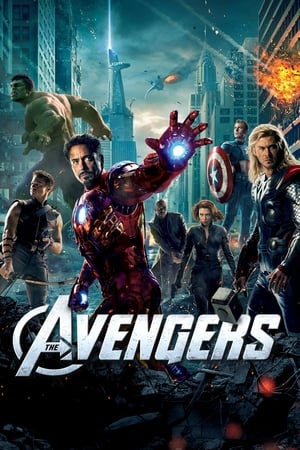The DC Extended Universe (DCEU) has had a rough go of it from its inception. Man of Steel debuted with mixed results. It attempted to emulate the success of The Dark Knight…something that doesn't entirely work for a Superman film. Then, Batman v. Superman came out and attempted to rush up an entire universe to compete with the Marvel Cinematic Universe…and ended up doing poorly with critics and audiences alike. To make things worse, Suicide Squad followed, and though Margot Robbie’s Harley Quinn was a better part of an otherwise awful movie, the movie was still awful.
Thankfully, that is not the case with Birds of Prey (and the Fantabulous Emancipation of One Harley Quinn). But sadly, the movie doesn't seem to have reached its reported break-even point of 250-300 million dollars, earing around 205 million dollars. This make it modern cult classic that was initially a box office bomb. While yes, the fake controversy around a diverse cast and the simultaneous spread of the Coronavirus might have pushed away a few moviegoers, my theory is that DC fans have been hurt too many times before, and it’s hard to care about an extended universe when DC’s answer to Avengers was the hauntingly bad Justice League. The recent Shazam! also didn’t fare as well as expected, but I’m not too worried about the DCEU’s prospects anymore. I think Birds of Prey and the other recent movies have showed signs of finding a creative voice and not being afraid to have a little fun. The pretentious brooding and need to be dark really hurt the DCEU, but I think they’ve learned their lesson by now.
So, what is Birds of Prey about? To be fair, it really is more of a Harley Quinn movie. The film very loosely follows the events of Suicide Squad and does not even show Jared Leto’s dreadful Joker (good). Harley and the Joker breakup, and she celebrates her newfound freedom by getting into a lot of shenanigans. Eventually, she finds her way to a club run by crime lord Roman Sionis, AKA Black Mask (Ewan McGregor) and manages to get tangled up in a convoluted deal with him. Long story short, she earns his wrath, along with several other notable people in Gotham City. The Huntress (Mary Elizabeth Winstead), Renee Montoya (Rosie Perez), Black Canary (Jurnee Smollett-Bell), and Cassandra Cain (Ella Jay Basco) all manage to irk Sionis in some way, and all them decide to come together to stand up to the crime lord.
The film is narrated by Harley and is loosely constructed in a nonlinear order. There are also possibly too many characters introduced at once. Or rather, either the structure or the characters had to be trimmed a little, or the film instead tried to tackle both and bit off more than it could chew. The comedic flourishes and immense performances coming from this talented cast saves the entire show here. Thankfully, there is clearly passion and purpose in this film, unlike Suicide Squad, which simply seemed to be a forced attempt at looking cool. While Birds of Prey can have forced humor at times, or attempt to ape on the success of Deadpool at times, it’s never boring, and never inherently offensive or stupid.
The film’s shock humor and violence are its core components. The action is top-notch. Birds of Prey had some of the best stunt work and choreography of 2020, and was the most fun I’d had in an action film since John Wick 3. Seeing a cocaine-fueled Harley Quinn break legs with a baseball bat sounds like it would be a messy affair, but the film makes it look like an art. And unlike Suicide Squad, where most of the action was shot in pitch blackness or dim lighting, Birds of Prey keeps everything neatly lit and allows every broken bone to be seen.


















